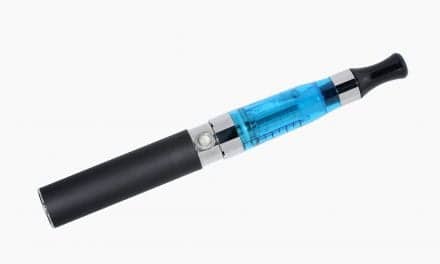New study reveals that plain packaging on tobacco products made Australian Indigenous people 12% less likely to think certain tobacco brands were less harmful than others.
Plain packaging means tobacco company colors, logos and design elements are not allowed on tobacco products, but government health warnings still appear. Australia was the first country to implement plain packaging in December 2012 in an effort to curb national smoking rates. Canada plans to implement plain packaging as part of Prime Minister Trudeau’s Safer Kids Initiative.
The research, published in the Australian and New Zealand Journal of Public Health, studied the effects of plain packaging on Australian Aboriginal and Torres Strait Islander people’s perceptions of different brands being less harmful or more prestigious than others.
“We know that brand imagery and design elements influence perceptions of consumer risk and status,” said Dr Raglan Maddox, a postdoctoral fellow at the Li Ka Shing Knowledge Institute of St. Michael’s Hospital, specializing in Aboriginal tobacco use, public health and evaluation. “Colors, shapes and symbols on packaging contribute to beliefs that certain brands are more high-status, while using words like mild, light or slim can give consumers the impression that some tobacco products are less harmful than others.”
The study found plain packaging not only reduced overall misperceptions that there are healthier tobacco brands, but also found that participants under the age of 35 were 16.5% less likely to view some brands as more prestigious than others. Research also indicates that smokers, especially those ages 18 to 29, found the new plain packs less appealing.










